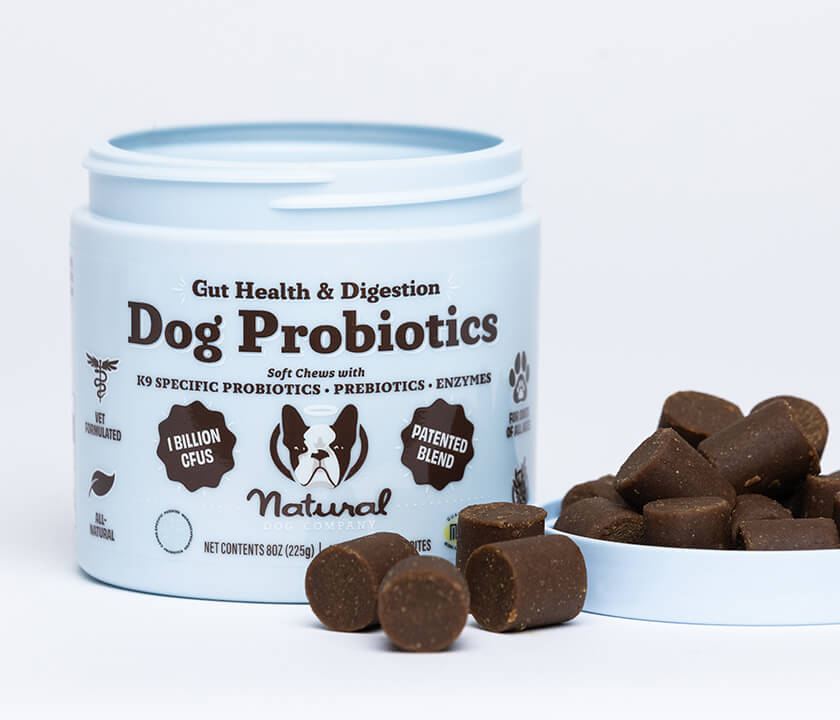It is easy to tell when a person is in pain – usually because they can’t wait to tell you about their pounding headache, their bad back, their sore feet or their tennis elbow. People can also deal with their pain – by taking an aspirin or lying down with a cold cloth on their aching head, stretching out to ease their back, and so on.
Dogs, on the other hand, cannot tell us in plain English when they are uncomfortable. It is up to us to recognize the symptoms. You may have to be very alert to the signs that your dog is in discomfort. The following are some indications of pain or discomfort.
- Vocalization
Some dogs are naturally “talkative,” so you will need to be vigilant if your best friend whines for attention, barks for food, or whimpers when he needs to go out. If it seems as though your dog is doing somewhat more vocalizing than usual, or if he suddenly begins snarling, growling or howling, you need to figure out what is going on.
- Changes in Pattern
You probably know when your dog wants to sleep or eat, and when he is most likely to be active. Sometimes, dogs that are uncomfortable will sleep more than usual, and may experience a loss of appetite.
- Panting

If your dog is panting, even though he has not been active, or if his breathing seems shallow or fast, he could be experiencing pain when breathing.
- Constant Movement
An uncomfortable dog may lie down, only to get up, move around, and then lie down again. If this seems to be happening over and over, that could be a sign of discomfort.
- Changes in Sociability
If your dog is typically very affectionate and suddenly withdraws and does not want to be with you, or if a typically aloof dog is all of a sudden “needy,” this could be an indication that something is wrong.
- Sudden Aggression
You have undoubtedly heard it said that any dog will bite, given the right set of circumstances. This is especially true of a dog in pain or discomfort. If your dog suddenly seems to be irritable, growling or pulling is ears back, that could indicate discomfort. The converse is also true – if your dog is ordinarily aggressive with strangers, and suddenly everyone he meets is his new best friend, it could mean that he is uncomfortable and desperate to be soothed by anyone at all.
- Incessant Grooming
When a dog is uncomfortable, he will often lick the affected area. Of course, if there is a cut or an abrasion, you will see it. However, the source of the discomfort does not have to be obvious for a dog to engage in this sort of behavior. Just as an example, if your dog’s ears are bothering him, he might lick his paws and then rub his paws on his ears.
Now, these symptoms do not always mean discomfort. Just the same, you should check them out. So assuming that the dog is not behaving aggressively, run your hands over his body (you have probably seen your vet do this) to try to isolate the source of the discomfort. Be careful, though – even the gentlest dog might nip at you if you should happen upon a sore spot.
A Word About Allergies and Skin Irritations
One of the most common sources of discomfort in dogs is skin irritation and dryness. Some dogs also have allergies. Signs of irritation or allergies include licking and chewing, hair loss, runny nose and sneezing. Some breeds are more susceptible than others. Brachycephalic (snub-nosed) breeds tend to be more prone to allergies and skin irritations than other breeds. If a dog is going to develop an allergy, it will usually manifest by age two. Skin irritations can occur at any time during your dog’s life, and are usually easily
identified by dry, flaking or reddish skin.
 Treating Canine Discomfort
Treating Canine Discomfort
If your dog is uncomfortable due to pain, then you have to see a vet to have the problem diagnosed and treated. If the issue is skin irritation, whether due to an allergy or other factor, it can be treated with topical remedies. Natural Dog Company has a variety of organic, vegan treatments for your dog, including Snout Soother, Skin Soother, and Paw Soother. And for very wrinkly dogs, to get deep down and sooth away itches, there is Wrinkle Balm.
Conclusion
If it seems as though your dog is in discomfort, proceed cautiously when trying to identify the problem. Pain, other than that caused by an obvious and easily treatable injury, should always be handled by a vet. Skin conditions that cause your dog to be uncomfortable can be treated at home with a quality preparation like those available from Natural Dog Company.
Sources:
https://www.cesarsway.com/dog-care/routine-care/signs-and-symptoms-that-your-dog-is-in-pain
https://dogs.thefuntimesguide.com/2010/06/dog_allergy_symptoms.php#gsc.tab=0













